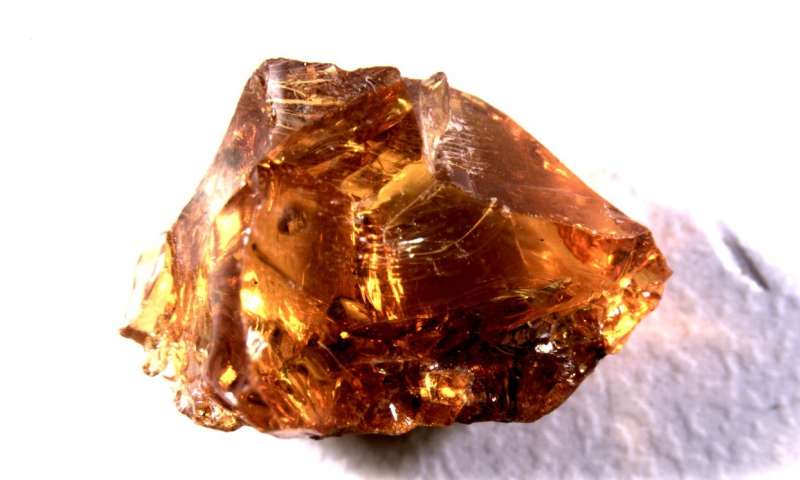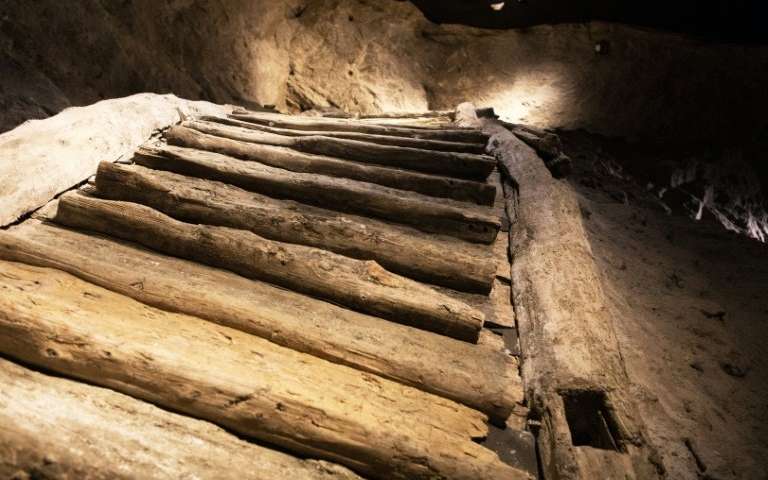At https://phys.org/print454742797.html …
 … and see also www.eurekalert.org/pub_releases/2018-08/uoc-sai082818.php … amber, obsidian, jade, jet, and rock crystals of all kinds have been used in the manufacture of decorative items since prehistory. Baltic amber was one source but much earlier, Sicilian amber was being used in the western Mediterranean zone (from the 4th millennium BC onwards). The latter date is when it turned up in Iberia – a fair distance by boat from Sicily. There is little evidence elsewhere in Iberia of contact with Sicily at such an early date but there are plentiful evidence of links with North Africa. Did Sicilian amber reach Iberia via North Africa?
… and see also www.eurekalert.org/pub_releases/2018-08/uoc-sai082818.php … amber, obsidian, jade, jet, and rock crystals of all kinds have been used in the manufacture of decorative items since prehistory. Baltic amber was one source but much earlier, Sicilian amber was being used in the western Mediterranean zone (from the 4th millennium BC onwards). The latter date is when it turned up in Iberia – a fair distance by boat from Sicily. There is little evidence elsewhere in Iberia of contact with Sicily at such an early date but there are plentiful evidence of links with North Africa. Did Sicilian amber reach Iberia via North Africa?
Tel Shimron in the Jezreel Valley is the subject of a post at www.biblicalarchaeology.org/daily/biblical-sites-places/biblical-archeol… … link provided by Jovan. This is a very big tell or mound on a major trade and commerce route through the southern Levant. David M Master has an article in Biblical Archaeology Review (Sept 2018).
Meanwhile, at https://phys.org/print454295373.html … an Austrian salt mine gave its name to the Hallstatt culture and salt it seems has been exploited here for over 7000 years. The salt itself was deposited by an ancient ocean, it is thought, but remarkably the salt has preserved an ancient wooden staircase erected in around 1100BC. The oldest item from the mine to date is an axe make from the horn of a stag – going back to 5000BC. Wooden tools, leather gloves, and a rope were also found well preserved in the salty environment (and the remains of wooden torches used by miners).
 … (the staircase)
… (the staircase)
